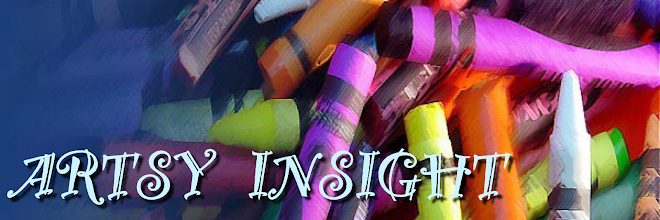My daughter loves all things creative. She has been asking me to add cooking and sewing to her homeschool day for a while now, so we decided to give it a try!
Halloween sugar cookies were our first project.
Mixing the dough....

Using our Halloween cookie cutters.......then off to the oven the cookies go!
Decorating the cookies with icing......and tasting them.........
And voila! Finished Halloween sugar cookies. Surprisingly, they actually tasted great!
Not sure what we'll make next. Thinking possibly muffins......

























































